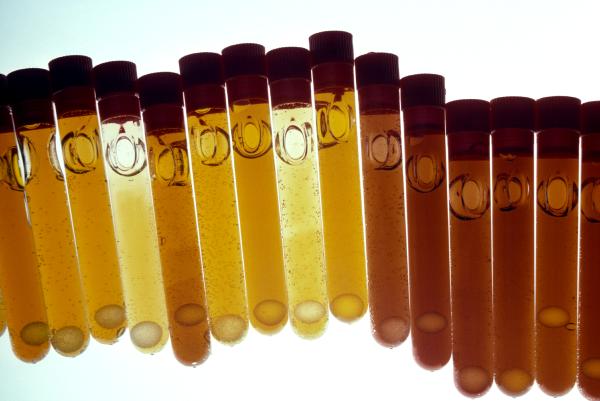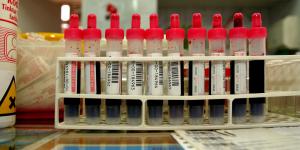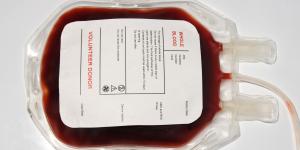How you can Tell the Difference between Serum and Plasma


There's often confusion about what the difference is between blood plasma and serum and it's difficult to tell the difference between the two. The fact is that plasma is the liquid component of blood and contains serum with coagulant elements and when these are removed, the liquid left is the serum. In this oneHOWTO article we'll explain in more detail how to tell the difference between serum and plasma.
Both plasma and serum are found in blood, although they are separate components that form it. On the one hand, Plasma is the blood medium where components such as White blood cells, red blood cells and platelets are found. That is, the liquid part or about 55% of it. Serum has a similar composition to plasma and also carries the blood components aforementioned, but does not have a clotting factor. This is why we say that, once we remove the clots, we can measure the exact quantity of serum, as the plasma will have been removed.
What is serum for?
A substance called fibrinogen circulates in the plasma, which converts into fibrin, causing the platelets to stop bleeding by forming a clot when a blood vessel is damaged. This occurs when the substance and its coagulating properties are converted into fibrin, which is already insoluble. At this point, the plasma without fibrinogen becomes serum.
Blood serum is primarily composed of water and has a yellowish color because it contains dissolved proteins, hormones, minerals and carbon dioxide. It's also a very important source of electrolytes.
What is plasma for?
Plasma is the circulating fluid and for it to function, the soluble part becomes insoluble (the fibrinogen is converted into fibrin) and a liquid similar to blood is produced, the serum, which is why it is found with plasma.
Difference between plasma and serum
Both plasma and serum contain similar components: glucose, antibodies, antigens, nutrients, electrolytes. The only difference between plasma and serum when it comes to components is the clotting factor. Plasma also carries water whereas serum contains proteins such as albumin and globulins.
When measured they both have different volumes. The percentage volume of serum will always be less than plasma, as it will be lacking fibrogen.
The difference between plasma and serum is visible when treated in a laboratory. Plasma is the yellow liquid that floats to the top when it has been treated with anti-coagulants. Thus, it will float to the top and the serum will be found to the bottom, as the clotting properties of plasma have been eliminated. On the other hand, serum is the part of the blood that, when clotted floats above, as it doesn't contain fibrinogen.
In summary, plasma contains serum and clotting factors. Once the coagulants like the fibrin, are eliminated, the liquid becomes serum.

This article is merely informative, oneHOWTO does not have the authority to prescribe any medical treatments or create a diagnosis. We invite you to visit your doctor if you have any type of condition or pain.
If you want to read similar articles to How you can Tell the Difference between Serum and Plasma, we recommend you visit our Diseases & secondary effects category.
Tips
- There are several blood tests like those of calcium, cholesterol or potassium, that can require plasma, which is centrifuged so the blood shows its fibrogen, as it clogs at the bottom, the rest is the resulting serum.





